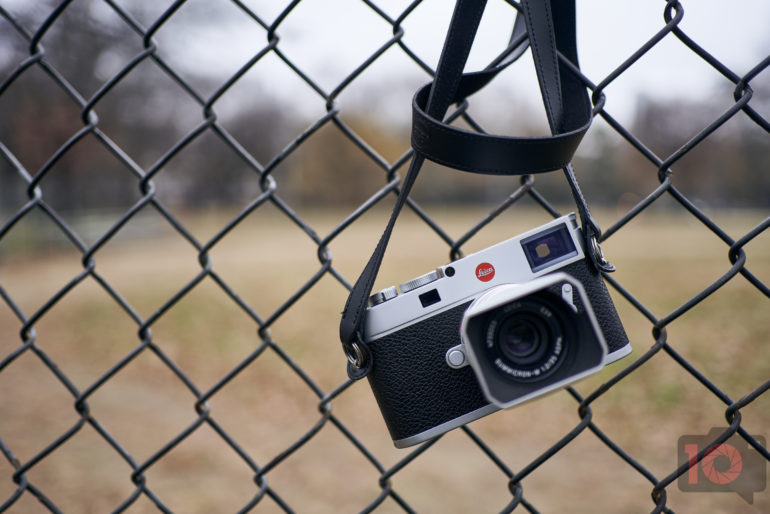
Leica cameras have been the epitome of engineering. The Leica M, the Leica Q, and even the D-Lux series have again gained popularity among photographers. The Leica M cameras, for instance, are loved by professionals who do not want to compromise on anything. The Leica M11, one of the most recent and powerful models, is no different. It now appears, reports of a new iteration of M11 have surfaced online, and they do seem quite exciting. Have a look.
As we had reported earlier, Leica may be developing a new M11 camera, the M11-V. While there had been no reports other than a few images claiming a better viewfinder, there is now better clarity on what the changes will include. Have a look:
Built-in EVF
- 0.5-inch, 5.76MP
- 0.76x magnification
- Focus aids
- Diopter compensation
New Controls
- New FN button
- Frame selection lever with dual FN functionality for the viewfinder

Design
- Puristic front with no rangefinder window
- Diamond pattern leatherette finish
Content Credentials
- Leica Content Credentials for image authenticity
Sensor & Processing
- Full-frame BSI sensor with triple resolution (60/36/18 MP)
- Maestro III image processor
Memory & Build
- 64GB internal storage
- Made in Germany
The Leica M11-P included the same sensor and processor as the original M11. However, the biggest change was the inclusion of the Content Authenticity tool, which basically means your images will have your credentials embedded in them. Thus, you will be the sole owner of the photo against AI manipulation and other ill intentions. The M11-V, however, said to further improve the viewfinder, making this model the first-ever M model to ditch the optical viewfinder for an electronic one.
From the looks of it, the new viewfinder will allow photographers to enjoy Leica lenses mainly, even if they are working with f0.95 or f1.2 apertures. However, it remains to be seen what the front of the camera looks like “without a rangefinder window,” especially since the M cameras are popular for their retro aesthetics and design. But if Leica is able to get the EVF right, they will certainly win over older photographers who have any eyesight issues.
Other than that, it remains to be seen what the M11-V will feature. Usually, with iterations, there are some minor changes. For instance, the M10 Monochrom had the same internals, just a monochrom sensor in place of the color one. The same goes with Q3 43, which had the same sensor but a new 43mm lens. The price, however, will play a crucial part, since many photographers are waiting for the M12. There is no report about what the M12 will be like or if it will be launched anytime soon. However, if the M12 also features EVF, along with major upgrades such as a new sensor and processor, many photographers will likely choose this over others. After all, the M11 was launched in 2022, and the M11-P in 2023. Just an EVF change in 2025 may not be worth it for some.

